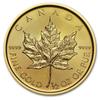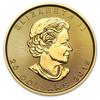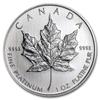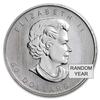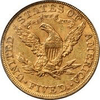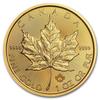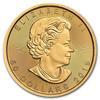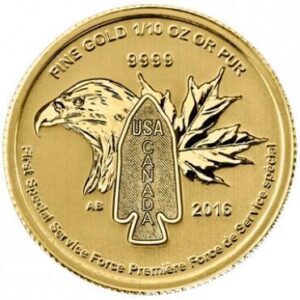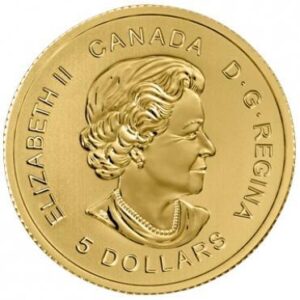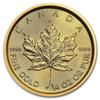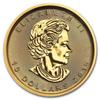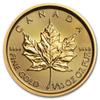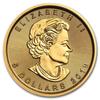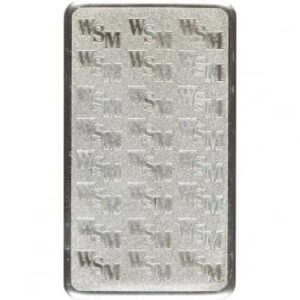View More
Show All Results...
Click to get started or call the number below to speak with one of our Account Executives for more information about availability, pricing, and questions.
Sculptor Bela Lyon Pratt was selected by President Theodore Roosevelt to design the $2.50 and $5 Indian Head gold coins. Although Pratt was not as renowned as his mentor, Augustus Saint-Gaudens, to some it seemed logical to entrust the two gold coins to a younger, more contemporary artist.
Design of the $2.50 Indian Gold Coin – The obverse (front) features a Native American, the first American Indian ever to appear on United States coinage. Previously, Caucasians dressed in Native American attire were used as models. The chief on the Indian Head is wearing a full-feathered headdress with the word ‘Liberty’ inscribed above the headband. A border of 13 stars and the minting date encircle him. The reverse (back) of the $2.50 coin features a proud bald eagle standing among olive branches, surrounded by the words ‘UNITED STATES OF AMERICA’. The motto ‘In God We Trust,’ and the denomination also appear on the reverse.
$2.50 Indian Coin Minting Information – What sets the $2.50 and $5 Indian Head gold coins apart from other United States coins is that they were the first (and only) U.S. gold coins to use the technique known as incuse relief. This technique gives the design elements and lettering a sunken appearance on a uniformly flat plane. This technique caused some controversy when the coin was introduced because people erroneously believed the sunken design of the coin would act as a breeding ground for disease.
| Size | Purity | Weight | Metal Content | Diameter |
|---|---|---|---|---|
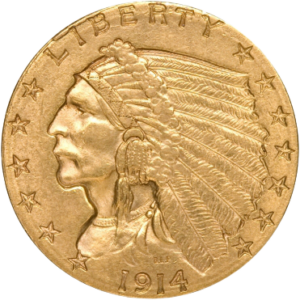 $2.50 Gold Indian Head Coin $2.50 Gold Indian Head Coin | 90% | 0.1209 oz. | Gold | 18 mm |
Specifications are obtained from sources believed to be reliable. However, Goldline does not guarantee their accuracy.
Sculptor Bela Lyon Pratt was selected by President Theodore Roosevelt to design the $2.50 and $5 Indian Head gold coins. Although Pratt was not as renowned as his mentor, Augustus Saint-Gaudens, to some it seemed logical to entrust the two gold coins to a younger, more contemporary artist.
Design of the $2.50 Indian Gold Coin – The obverse (front) features a Native American, the first American Indian ever to appear on United States coinage. Previously, Caucasians dressed in Native American attire were used as models. The chief on the Indian Head is wearing a full-feathered headdress with the word ‘Liberty’ inscribed above the headband. A border of 13 stars and the minting date encircle him. The reverse (back) of the $2.50 coin features a proud bald eagle standing among olive branches, surrounded by the words ‘UNITED STATES OF AMERICA’. The motto ‘In God We Trust,’ and the denomination also appear on the reverse.
$2.50 Indian Coin Minting Information – What sets the $2.50 and $5 Indian Head gold coins apart from other United States coins is that they were the first (and only) U.S. gold coins to use the technique known as incuse relief. This technique gives the design elements and lettering a sunken appearance on a uniformly flat plane. This technique caused some controversy when the coin was introduced because people erroneously believed the sunken design of the coin would act as a breeding ground for disease.
| Size | Purity | Weight | Metal Content | Diameter |
|---|---|---|---|---|
 $2.50 Gold Indian Head Coin $2.50 Gold Indian Head Coin | 90% | 0.1209 oz. | Gold | 18 mm |
Specifications are obtained from sources believed to be reliable. However, Goldline does not guarantee their accuracy.

